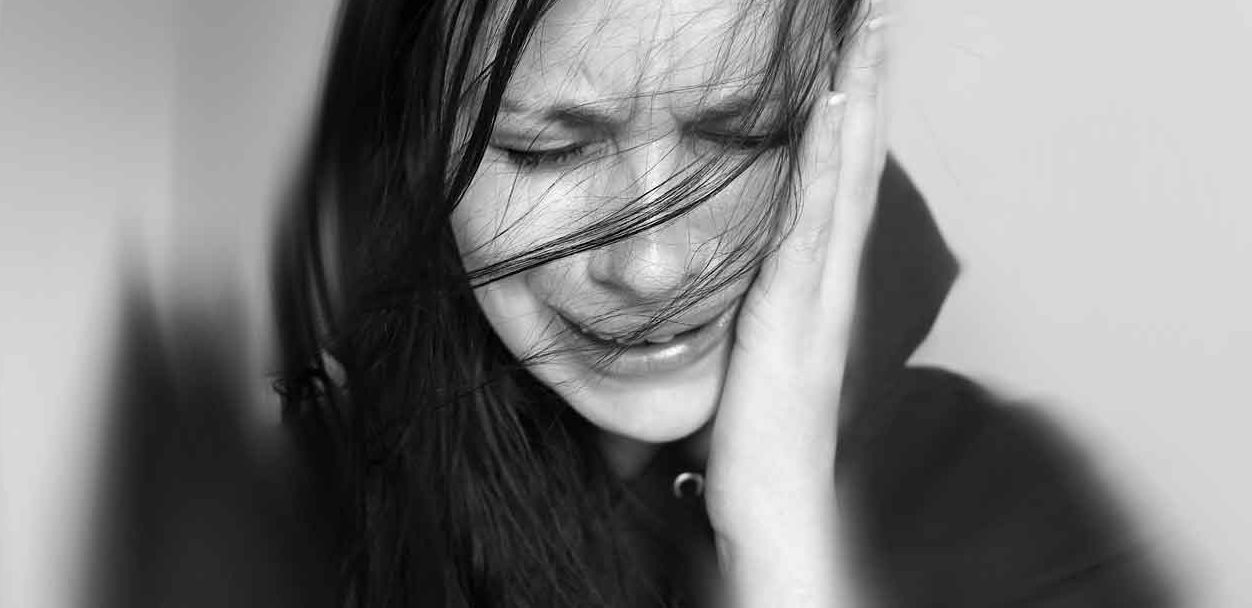Types of Depression

Depression is a common, and treatable, mental health disorder. But not all types of depression have the same causes or symptoms. Here's what you should know.
People experience sadness and depression at some time in their lives for many reasons. Who hasn’t felt extremely teary and “down in the dumps” due to the death of a family member, a relationship breakup, or the loss of a job?
But feeling sad and even heartbroken over a situation doesn’t mean you have a psychological problem — if the sadness passes quickly and you don’t develop other symptoms.
If the feelings don’t lift, or you feel depressed for no specific reason, you likely are experiencing clinical depression, one of the most common mental health disorders in the U.S. The American Psychological Association estimates about 17 million Americans suffer from depression during any given year.
All types of depression, however, are the same.
YOU MIGHT ALSO LIKE: Physical Symptoms of Depression
The most common types of depression
In general, you are diagnosed with clinical depression when you have feelings of despair and sadness lasting more than several days and interfering with your daily activities and quality of life. You may have difficulty sleeping, feel unable to concentrate, lack energy, and recurrently think about death and suicide.
The two most common types of depression, major depression and persistent depressive disorder, share the same symptoms, but they differ in how long the symptoms last, according to the National Institute of Mental Health.
For example, major depression is marked by symptoms of depression that last almost every day, all day long, for at least two weeks, disrupting your ability to sleep, eat, work, and study. You could have only one episode of this type of depression in your life, or you could have several.
You are diagnosed with persistent depressive disorder (also called dysthymia), on the other hand, when depression symptoms last for two years or longer. A person with this type of depression can have episodes of major depression but, in between them, still be depressed, although with less severe symptoms.
Perinatal depression
Being pregnant and having a baby is a happy, exciting time for most women. But for some women, full-blown depression can develop before delivery (peripartum depression) or after the baby is born (postpartum depression). Together, these types of depression are known as perinatal depression.
As many as 70 percent of all new mothers experience the “baby blues” after giving birth, with symptoms that include crying with no specific cause, anxiety, irritability, and restlessness. Usually, those symptoms go away in a week or two without any treatment, according to the American Psychiatric Association.
Perinatal depression is different. The pregnancy-linked depression causes lasting symptoms of extreme sadness, anxiety, indifference, and problems with appetite, sleep, and energy. Bonding with her newborn may be difficult for a woman experiencing this type of depression.
Studies suggests the many changes in hormone levels during pregnancy and after delivery can have a pronounced effect on moods and likely contribute to perinatal depression, the American Psychiatric Association points out.
Although any new mom can experience symptoms of pregnancy-linked depression, risk factors of perinatal depression include:
- A personal or family history of depression (or other mood disorders)
- Stressful life events during or after pregnancy
- Lack of support from friends, family, or the baby’s father
Other types of depression
Seasonal affective disorder (SAD) is depression linked to a lack of sunlight. SAD symptoms typically develop in the late fall and early winter and go away during spring and summer, when sunlight is abundant.
The symptoms of SAD are identical to those of non-seasonal depression, including:
- Excessive fatigue
- Difficulty with concentration
- Sleeping too much or too little
- Thoughts about death or suicide
- Craving and eating more carbohydrates and sweets
Some people experience a milder form of SAD known as subsyndromal SAD, or the “winter blues,” the American Psychological Association explains.
Psychotic depression is a type of severe depression that includes symptoms of psychosis. For instance, in addition to feelings of extreme sadness and despair, a person suffering from psychotic depression may have delusions or experience hallucinations that can be visual or auditory.
Bipolar disorder, formerly known as manic-depressive illness, is a brain disorder linked to dramatic and extreme shifts in mood, activity levels, energy, and the ability to perform daily tasks. Extreme mood shifts can include depression as one phase of the disorder, with mania (extreme euphoria) occurring during another phase.
Premenstrual dysphoric disorder, marked by symptoms of anxiety and bleak moods in the days before a woman has her menstrual period, can also involve symptoms of depression.
The good news is all types of depression are treatable with medication, psychotherapy, or both. If you, or a family member, have symptoms of depression, don’t suffer needlessly. Talk to your doctor and get help.
Updated:
July 14, 2023
Reviewed By:
Janet O’Dell, RN